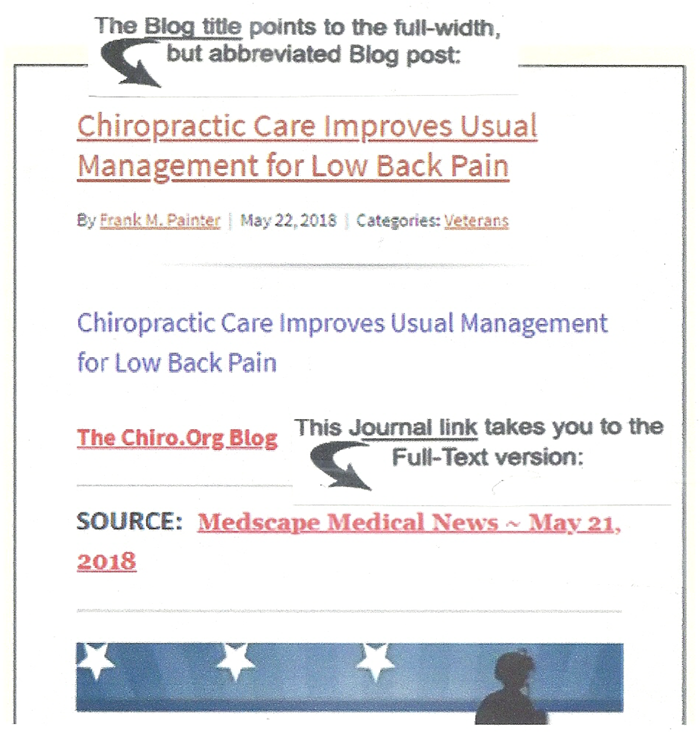Strokes May Seem Rare, But Can Occur 230% More Often Using The Pill
SOURCE: MedPage Today ~ June 13, 2012
By Todd Neale, Senior Staff Writer
A large Danish registry study found that the risks of thrombotic stroke or myocardial infarction (MI) roughly doubled in women taking oral contraceptives with low-to-moderate doses of ethinyl estradiol.
Note that the overall number of thrombotic strokes or MIs was small.
The relative risks of thrombotic stroke and myocardial infarction (MI) are higher among users of hormonal contraception, although absolute risks remain low, a Danish study showed.
Use of oral contraceptives combining low-to-moderate doses of ethinyl estradiol and various progestins was associated with up to 2.3 times the risks of thrombotic stroke or MI compared with non-use, according to Øjvind Lidegaard, DrMedSci, of Copenhagen University Hospital, and colleagues.
The type of progestin in the pill had little effect on the risks, the researchers reported in the June 14 issue of the New England Journal of Medicine.
To put the risk in perspective, they estimated that among 10,000 women taking a pill combining desogestrel with ethinyl estradiol at a dose of 20 μg for 1 year, two will have arterial thrombosis and seven will have venous thrombosis.
“Although venous thrombosis is three to four times as frequent as arterial thrombosis among young women, the latter is associated with higher mortality and more serious consequences for the survivors,” they wrote. “Therefore, these figures should be taken into account when prescribing hormonal contraception.”
Several previous studies have examined the relationship between hormonal contraceptive use and the risk of venous thromboembolism. But fewer have looked at arterial complications like thrombotic stroke and MI, and the results have been mixed.
To explore the issue, the researchers examined data from 1,626,158 nonpregnant women ages 15 to 49 who were followed from 1995 through 2009 using Danish national registries. All were free from cardiovascular disease and cancer before 1995.
During the study period, there were 3,311 thrombotic strokes (about half cerebral infarction and half cerebral apoplexy) and 1,725 MIs. The rates of each outcome were 21.4 and 10.1 per 100,000 person-years, respectively.
Current use of oral contraceptives that included ethinyl estradiol at a dose of 30 to 40 µg (an intermediate dose) was associated with greater risks of both outcomes, which varied slightly according to the progestin included in the combination:
Norgestimate (RR 1.5, 95% CI 1.2 to 1.9)
Drospirenone (RR 1.6, 95% CI 1.2 to 2.2)
Levonorgestrel (RR 1.7, 95% CI 1.4 to 2.0)
Gestodene (RR 1.8, 95% CI 1.6 to 2.0)
Norethindrone (RR 2.2, 95% CI 1.5 to 3.2)
Desogestrel (RR 2.2, 95% CI 1.8 to 2.7)
The findings were similar for MI, with relative risks ranging from 1.3 to 2.3. The similarity between the risk estimates for stroke and MI “increases the likelihood that the observed differences in risk were real rather than random variations,” according to the researchers.
It is now recommended that chiropractors pay close attention whenever patients present with sudden onset of headache/neck/face pain that’s different than the patient has experienced before.
If so, then evaluate for a history of:
-
Drugs/medication (smoking, oral contraceptives);
-
Physical trauma (which may have damaged arterial structures);
-
Connective tissue diseases (autosomal dominant polycystic kidney disease, Ehlers-Danlos type IV, Marfan Syndrome, Fibromuscular Dystrophy);
-
Genitourinary system (frequent urinary tract infection, hematuria);
-
Nervous system (dysarthria, dysphagia, visual changes, dizziness, confusion, giddiness and vertigo);
-
Cardiovascular system (stroke, TIAs, mitral prolapse, aortic dilation, hypertension).
Ask… are they experiencing any of the:
5 D’s and the 3 N’s?
|
→ | Double vision or other vision problems |
|
→ | Vertigo, light-headedness |
|
→ | Sudden numbness/weakness of face/arm/leg |
|
→ | Difficulty speaking |
|
→ | Difficulty swallowing |
|
→ | Difficulty walking |
|
→ | Vomiting or queasiness |
|
→ | Loss of sensation on one side |
|
→ | Involuntary rapid eye movements |
Please refer to our Stroke Page for more information on:





Early on in my practice I had a patient who I saw complaining of neck and headache pain. After further investigation she commented she also was experiencing tingling in her face. I explained that it could be vascular and she could be having a stroke. I told her I would not adjust her until she went to the ER and had an evaluation performed. She became very upset and said if I would only adjust her neck she knew it would go away. I was insistent she go to the ER and she left very disturbed. A week later I received a phone call from her apologizing saying she had been in the hospital receiving treatment for a stroke. Had I adjusted her, I would have been blamed for the cause and another statistic against chiropractic.
Thanks Dr. Berg
When I was in school, the Profession was still on edge, because all the Case Reports suggested that CMT was causative. Fortunately, reporting by Terrett clarified that many of these reports actually misrepresented WHO provided the manipulation, and effectively shifted the conversation away from the risk of CMT, and towards the risk of untrained people using manipulation.
Scare tactics are still being used in the literature, as is detailed in our editorial, titled: Are German Orthopedic Surgeons Killing People With Chiropractic?
The Public needs to be protected from insufficiently trained individuals, be it a PT, MD, or DO or some other variant, from passing themselves off as being skilled in cervical manipulation!